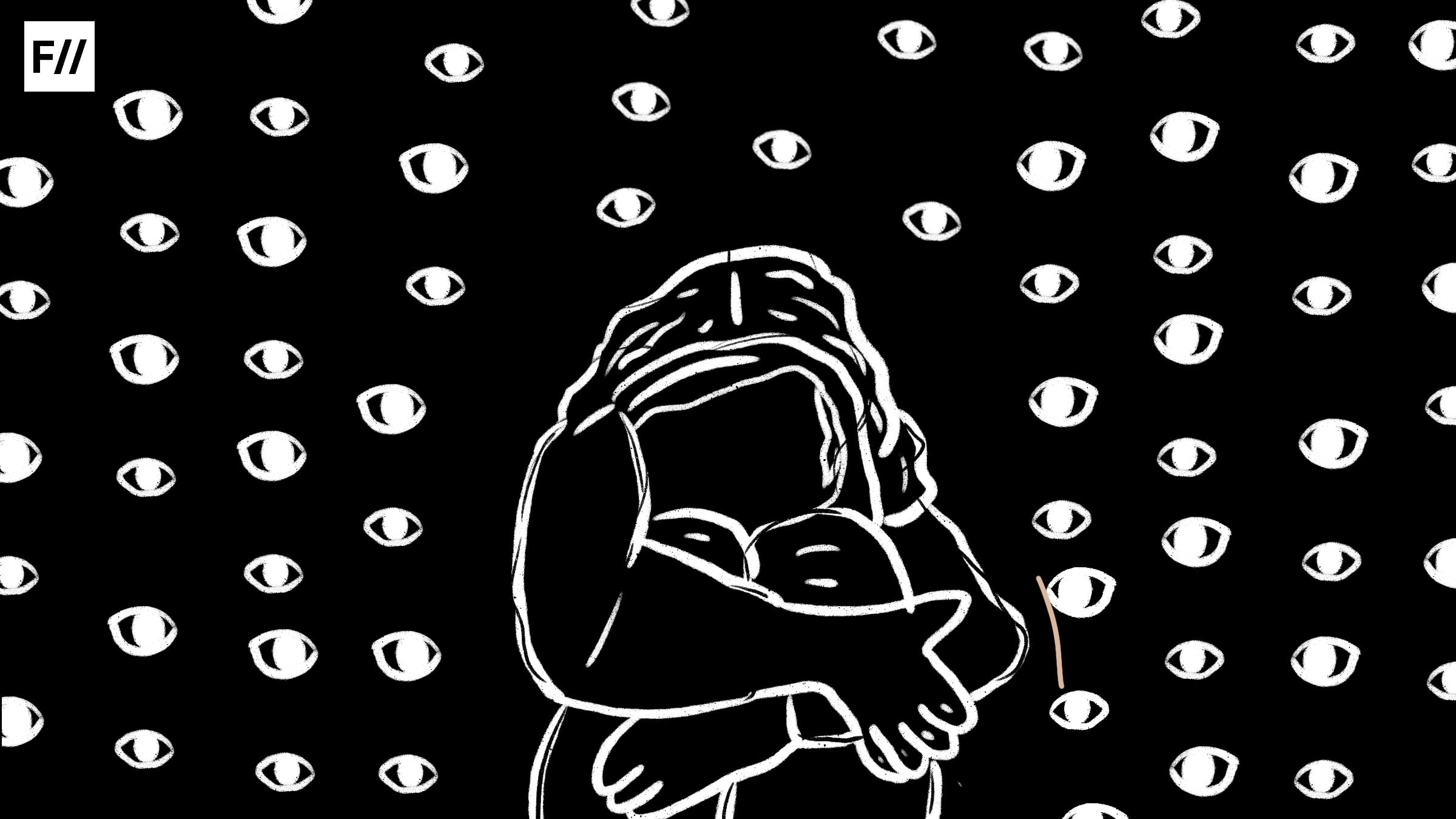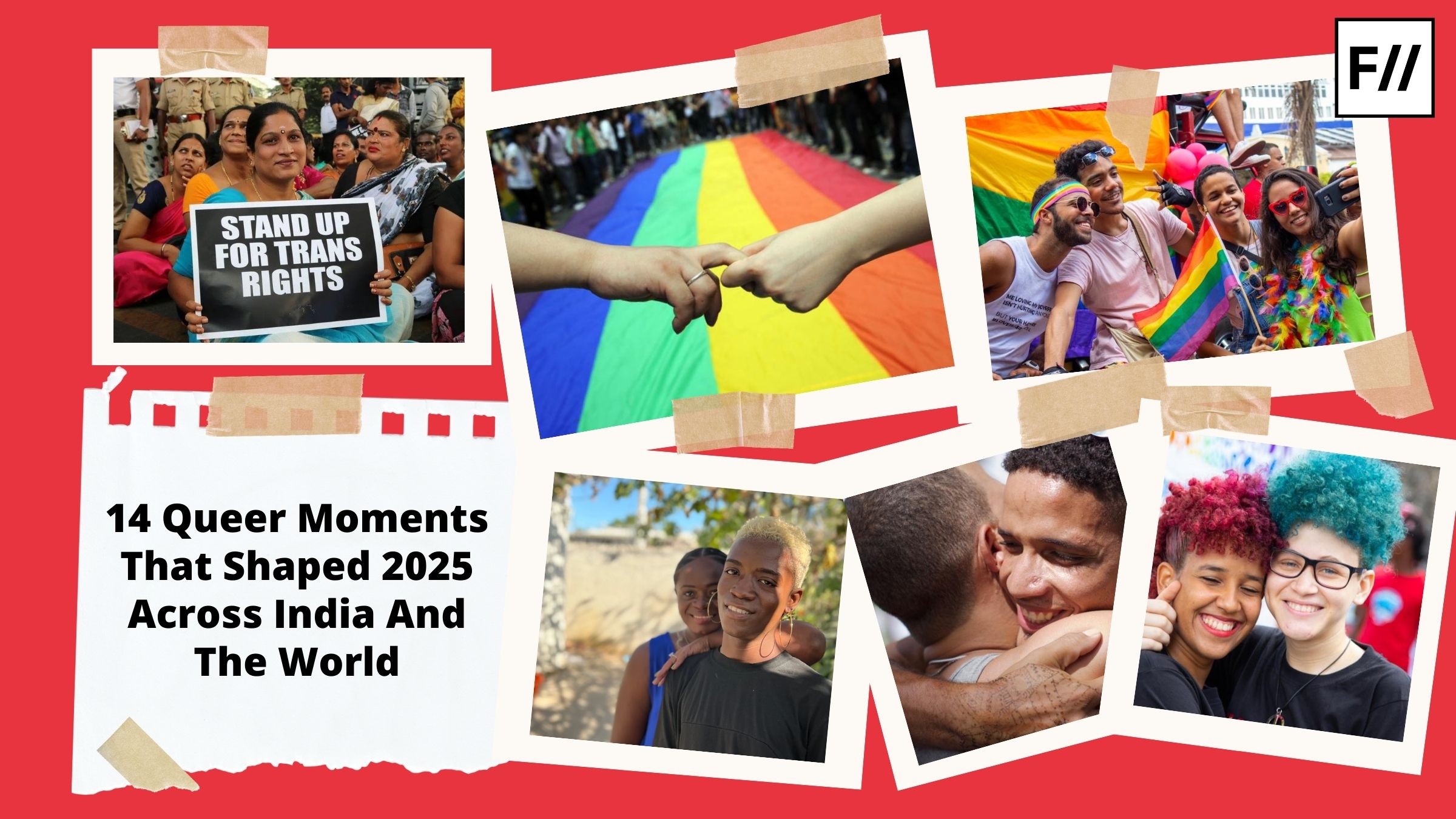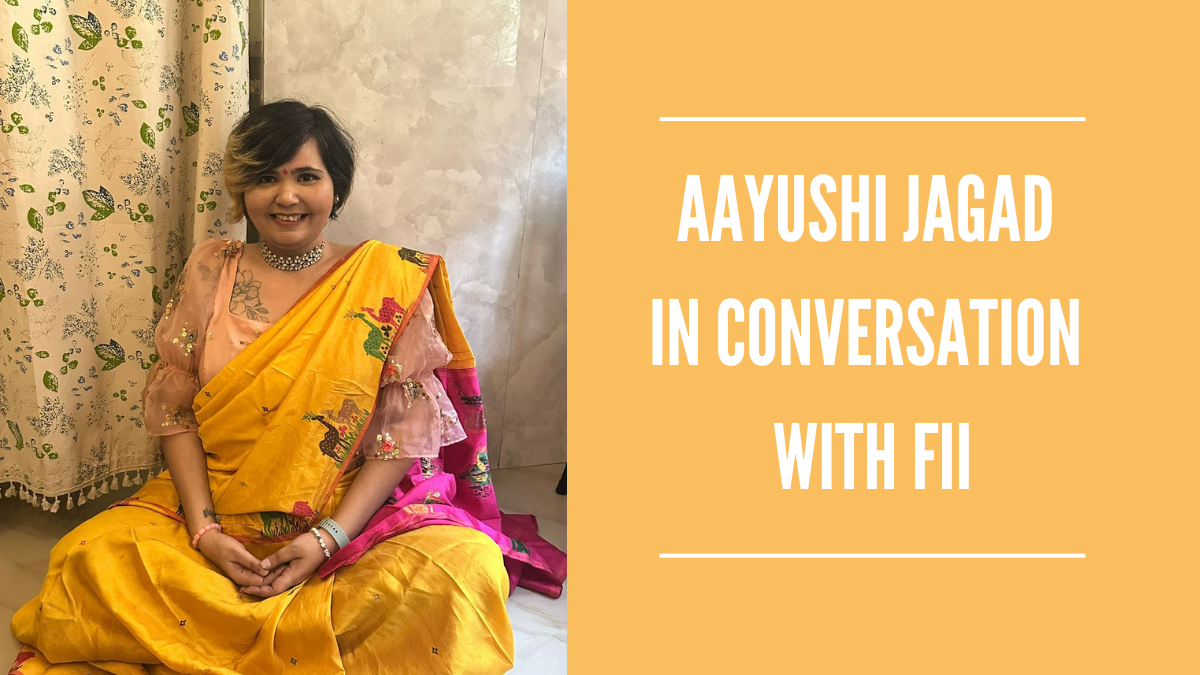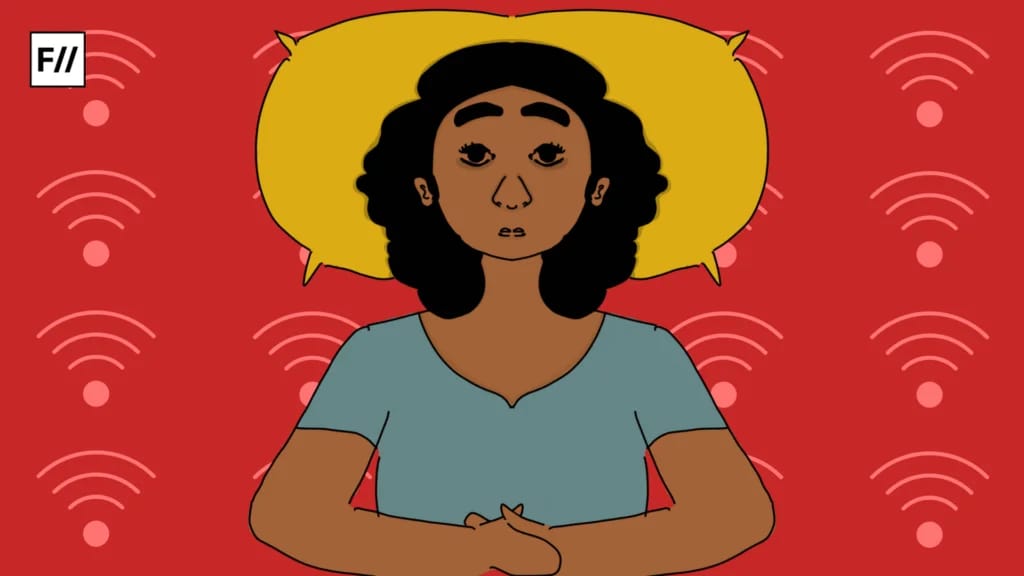Intersectionality is a crucial part of feminism as we individuals possess multiple identities which alter our experiences and perception of the world, while directly impacting our mental health. When we talk about the mental health of queer individuals, the complexities arising due to the overlapping or intersection of multiple identities of gender, caste, and religion can lead to new forms of oppression which pose mental health challenges for them.
Queer individuals, especially the ones from marginalised communities are subjected to multiple burdens and traumas due to their overlapping and stigmatised identities. According to a study published in the National Library of Medicine, there are two prominent challenges faced by the queer community: Religious stress and gay-related stress which are connected. The study highlights that despite religion’s association with positive psychosocial outcomes for adolescents, queer people may feel rejected by their religion or may cease practising a religion due to conflict with their minority status.
Queer folks who are raised in religiously conservative households get aware of their queer identity status after developing their religious identity, which makes it difficult for them to navigate through their identities. “I have read quite a lot of religious books and made myself aware of different kinds of religions. There are many practices, across belief systems that are positive and negative. Faith doesn’t allow room for questions, and it expects the status quo to remain,” shares Zoya, a member of the queer community who prefers maintaining her distance from religion, in an interview with Gaysi Family.
Covert violence on queer individuals through religion and caste
The oppression based on a person’s religion and caste is intertwined with the violence used to stigmatise their queer identity further as it marginalises them even more and hence, cannot be analysed in isolation. For instance, in the current political scenario where religion drives the narratives and contributes to the maintenance of casteist practices, a lowered-caste Muslim queer person would be subjected to islamophobia, casteism, homophobia, and transphobia. “I began calling out practices I disagreed with across religions. When I posted pictures and memes criticising Islam, people called me anti-Muslim and I even received death threats,” says Rishi R, a member of the queer community.

The simultaneous discrimination at multiple levels leaves long-lasting trauma on the individual which harms their mental health and overall well-being at multiple levels. According to Justice Malhotra, “LGBT persons are seriously disadvantaged and prejudiced when it comes to access to healthcare facilities. This results in serious health issues, including depression and suicidal tendencies amongst members of this community.”
Religion is often used as a means to enforce violence by influencing cultural narratives surrounding the queer community and pretending to be sensitive towards the queer community. For instance, the discrimination and oppression faced by the Dalit-Bahujan-Adivasi queer folks are often erased from the public discourse created by the Savarna folks. Coral, a genderqueer Dalit person did not face any direct caste-based violence or hostility but were subjected to microaggressions such as, “You do not look Dalit,” and “You have Dalit armpits” referring to the stereotypes that Dalits have darker skin tone.
The Savarna queer folks will never be able to understand the impact of the casteism faced by Coral and other Dalit-Bahujan-Adivasi queer folks so when they refuse to provide them space to share their lived experience of the additional caste-based discrimination and oppression they face, it reflects their insensitive attitude and uncovers their facade of solidarity.
There are several instances where caste-based discrimination faced by a queer individual led them to hide their queer identity and consciously prevent themselves from showing their queerness. “I had to hide my Queer identity. But now that I’m all grown, I see my employer, though superficially, talking about queerness and acceptance, whereas, casteism is a hidden venom in the veins of the organisation,” says Leaf, a Dalit queer person who has been diagnosed with persistent and major depression.
Hiding queerness and its impact on the mental health of queer individuals
The marginalisation of queer identities when their religious and caste identities are invalidated and exposed to violent actions such as homophobia, transphobia, casteism, and Islamophobia, often forces them to stay closeted which negatively impacts their mental health. Coral shared that they felt unsafe in expressing their queerness and struggled to find empathy. They ended up developing chronic anxiety due to the isolation they faced when they started to lose friends after coming out as queer.

Another queer individual, Twine who has been diagnosed with major depression, anxiety, and Attention Deficit Hyperactivity Disorder (ADHD) also shared their experience of facing discomfort in terms of accepting their psychosocial health and disability by telling, “When I got diagnosed with ADHD, a friend of mine mocked me by saying that I have very few boxes left to tick and plied that everything can be and needs to be wrong with a queer person coming from a marginalised community.” The sly comment and lack of social support from someone as close as a friend led to the queer individual hiding their identity and dealing with the struggle on their own.
Importance of intersectional queer affirmative practices in the field of mental health
Intersectionality in the field of health and medicine, especially mental health is not practised as mental health professionals ranging from therapists and psychiatrists are often not equipped with the proper tools to diagnose and address the issues. In many cases, mental health professionals have the required tools but lack an intersectional approach due to which they are not able to address the mental health issues being faced by the individuals because of their multiple marginalised identities. There are several instances where an upper-caste therapist does not acknowledge the trauma faced by an individual due to their caste which results in the individual being deprived of appropriate healthcare as can be seen in Twine’s case where their therapist said, “Caste is not important in therapy.”

As per the judgement given by Justice Indu Malhotra in the Navjet Singh Johar vs. Union of India Ministry of Law and Justice Secretary case of 2016, “Sections 18(1) and 18(2) read with 21(1)(a) of the Mental Healthcare Act of 2017 provide for the right to access mental healthcare and equal treatment of people with physical and mental illnesses without discrimination, inter alia, based on ‘sexual orientation,'” is a huge step towards combating the rising mental health crisis faced by queer individuals due to deep-rooted casteism and hetero-normative society that constantly marginalised and oppressed them.
Adding to Justice Malhotra, the current Chief Justice of India, D.Y. Chandrachdud highlighted “not only the need for special skills of counsellors but also heightened sensitivity and understanding of LGBT lives and that the medical practice must share the responsibility to help individuals, families, workplaces and educational and other institutions to understand sexuality completely to facilitate the creation of a society free from discrimination.”
Several initiatives such as Queer Affirmative Counselling Practice (QACP) are being introduced that acknowledge the intersection of multiple stigmatised identities and the trauma caused by them on queer individuals. However, these initiatives would be effective only when inherent biases about marginalised identities, especially religion and caste, along with the facade of solidarity that most of the religious narratives carry with them result in the marginalisation of queer individuals are removed.
Moreover, the lack of an intersectional approach and the deep-rooted casteism and islamophobia that are reflected in the mental health professionals need to be rectified and a system that does not discriminate against marginalised communities needs to be created which would be possible when we start looking at the queer community from an intersectional lens.
About the author(s)
Neha (She/They) is a neurodivergent queer writer who illustrates occasionally. A student of media and gender studies, Neha is critical of the patriarchal and heteronormative world around her and looks at it from the political lens of intersectionality. Although socially introverted, you can find Neha getting out of her shell and interacting with people, getting to know their experiences, and analyzing how the biased structure of the society impacts the marginalized.





